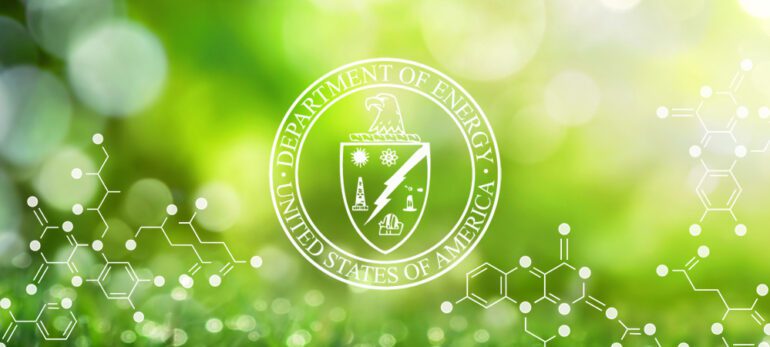TL;DR:
- Department of Energy (DOE) commits $16 million to propel nuclear physics research through AI and machine learning.
- Funding supports 15 projects spanning nuclear decay, accelerator beam optimization, and detector design.
- Collaboration involves eight national labs and 22 universities, fostering innovation and cross-disciplinary expertise.
- AI’s potential to expedite experimental discovery in nuclear physics is highlighted by Timothy Hallman, DOE Associate Director of Science.
- DOE’s recent financial support for fusion research, clean energy technology, and quantum computing underscores its commitment to cutting-edge innovation.
Main AI News:
In a strategic move towards scientific advancement, the Department of Energy (DOE) has unveiled substantial funding totaling $16 million dedicated to propelling the realm of nuclear physics into the era of artificial intelligence (AI) and machine learning. This visionary initiative seeks to expedite breakthroughs by harnessing cutting-edge technologies, marking a pivotal moment for research and innovation.
The DOE, on a mission to drive transformative discoveries, has earmarked this impressive funding for 15 pioneering projects. These endeavors encompass an array of endeavors, from the meticulous scrutiny of nuclear decay to the optimization of accelerator beams. Of particular significance is the thrust toward detector design, particularly focused on the Brookhaven National Laboratory’s Electron-Ion Collider project.
Spanning eight national laboratories and 22 esteemed universities, these projects represent a powerful collaboration between academia and the scientific community. By leveraging AI and machine learning, these institutions are poised to transcend the confines of conventional research methodologies, potentially unearthing insights that were previously hidden beneath layers of data.
Timothy Hallman, DOE’s Associate Director of Science for Nuclear Physics, emphasized the transformative potential of AI in experimental discovery. He stated, “Artificial intelligence has the potential to shorten the timeline for experimental discovery in nuclear physics.” This perspective underscores the newfound optimism within the scientific community regarding the fusion of AI and nuclear physics.
Crucially, this infusion of funding marks a significant stride in the DOE’s commitment to empowering groundbreaking research. This strategic allocation of resources follows recent financial boosts to various crucial domains. Earlier this month, the DOE unveiled an impressive $112 million for fusion research, showcasing its dedication to realizing sustainable energy solutions. Moreover, in the preceding month, the agency earmarked $33 million for clean energy technology research, while simultaneously investing $11.7 million into the realm of quantum computing research.
As the scientific landscape evolves, the marriage of AI and nuclear physics emerges as a harbinger of unprecedented discoveries. The DOE’s resolute support for such innovative ventures is a testament to its visionary stance in shaping the future of scientific exploration. Through strategic funding and groundbreaking collaborations, the agency forges ahead on a trajectory of unparalleled achievement, poised to redefine the boundaries of what is possible in nuclear physics.
Conclusion:
The DOE’s substantial investment of $16 million in AI-powered nuclear physics research marks a significant stride toward propelling scientific discovery. This initiative not only accelerates experimental timelines but also signifies the agency’s dedication to pioneering innovation. As AI reshapes the landscape of nuclear physics, its potential applications extend beyond the laboratory, poised to influence the market with transformative insights and advancements. This strategic move by the DOE reflects a visionary approach that is set to redefine the boundaries of scientific exploration and impact the market’s trajectory.

